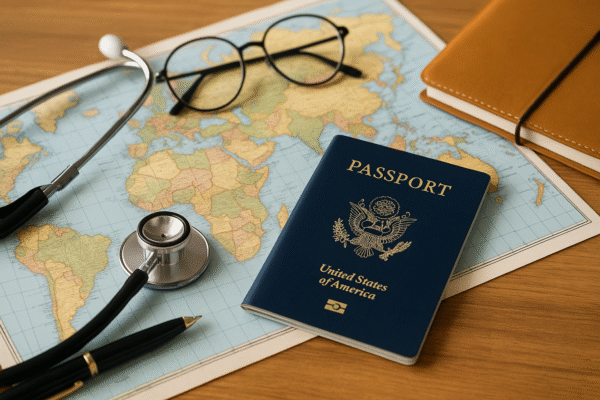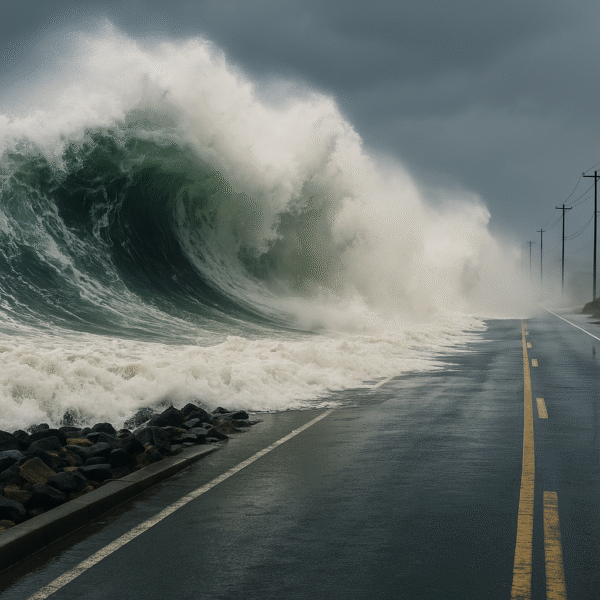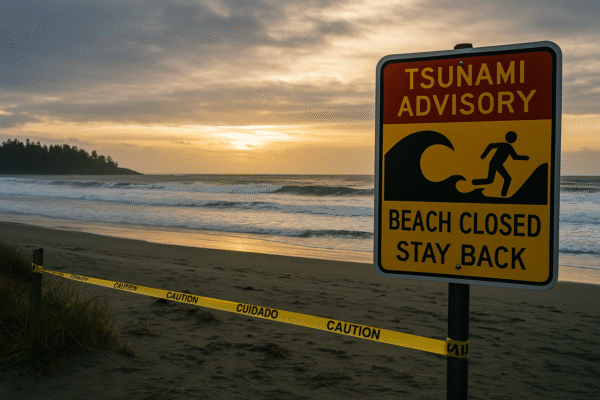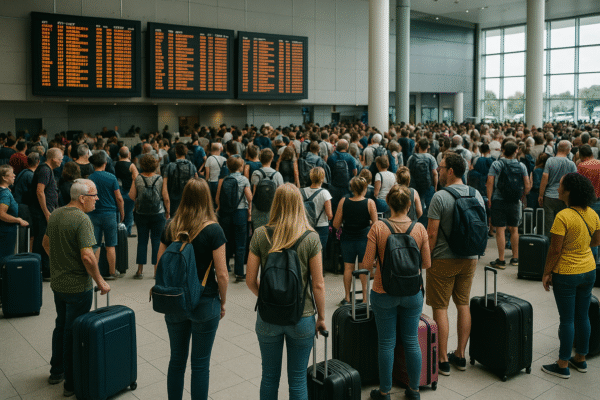Canada’s western coastline remains on high alert following an 8.8 magnitude earthquake that struck off the southeastern coast of Russia’s Kamchatka Peninsula on Tuesday afternoon (local time). The seismic event triggered a Pacific-wide tsunami advisory that led to beach closures, tourist evacuations, and widespread disruption along the British Columbia coast—particularly in the surf town of Tofino on Vancouver Island.
The tremor, one of the strongest recorded in the Pacific Ring of Fire in recent years, occurred approximately 119 km east-southeast of Petropavlovsk-Kamchatsky. The massive quake sent shockwaves across the ocean basin, prompting governments from Canada to Japan to issue tsunami alerts, activate emergency protocols, and prepare for potential coastal impacts.
Tsunami Advisory Hits British Columbia’s Tourism Hotspots
In British Columbia, Emergency Info BC issued a tsunami advisory spanning key coastal areas—from the northern Haida Gwaii archipelago and Central Coast to the southern Juan de Fuca Strait and Greater Victoria. Tofino, renowned for its scenic beaches and vibrant surf culture, was among the first regions to act.
The District of Tofino promptly shut down access to all beaches, including the popular Wickaninnish Beach in Pacific Rim National Park Reserve. Warning signs were placed across key locations, and emergency services urged residents and visitors to stay inland. Despite the urgency, some visitors were still seen watching the sunset near the coast, though turnout remained low and campgrounds largely quiet.
Elsewhere on Vancouver Island, campers at sites between Tofino and Ucluelet reported a tense but calm atmosphere as they monitored updates via mobile devices. Emergency officials reiterated that while tsunami waves may not exceed 30 centimeters in height, dangers remain from strong currents, repeated surges, and unpredictable coastal behavior.
Travel Disruptions and Evacuation Warnings Along the Coast
The tsunami advisory disrupted tourism across coastal British Columbia. Local tourism operators in Tofino, Ucluelet, and Port Renfrew reported cancellations of evening excursions, while accommodations prepared emergency response plans for overnight guests. Parks Canada staff were deployed to key access points in Pacific Rim National Park to manage public safety and prevent shoreline access.
The advisory extended to cities like Kitimat, Bella Coola, and Port Hardy, all of which rely on nature-based tourism and coastal adventure travel. Although Greater Vancouver and the Gulf Islands were excluded from the advisory, authorities maintained a watchful stance and emphasized the importance of emergency preparedness.
Pacific-Wide Emergency Response: From Hawaii to Japan
Tsunami waves were anticipated across the Pacific, with the U.S. National Tsunami Warning Center issuing alerts for Alaska, Hawaii, and parts of the Oregon-California border. In Hawaii, sirens blared in Honolulu, prompting precautionary evacuations in flood-prone areas. The Pacific Tsunami Warning Center confirmed sea level changes across multiple locations but did not report major damage.
Japan’s Meteorological Agency reported waves of up to 60 centimeters along parts of its eastern coast, including Hokkaido and Tokyo Bay. Authorities in Japan, known for their advanced tsunami response systems, quickly activated shoreline evacuation orders for low-lying communities.
Ecuador and other nations with Pacific coastlines also received tsunami advisories, triggering coordination among regional disaster preparedness agencies.
Earthquake Aftershocks and Global Concern
Following the main earthquake, a powerful 6.9 magnitude aftershock further rattled the Kamchatka Peninsula. Reports from Petropavlovsk-Kamchatsky described widespread panic—residents ran barefoot into the streets, buildings swayed violently, and emergency services responded to structural damage.
While no major tsunami waves had made landfall in Canada as of Wednesday morning, the situation served as a chilling reminder of the Pacific Rim’s seismic volatility. The event raised concerns over future travel safety, emergency readiness, and the resilience of coastal tourism economies.
Preparedness and Emergency Messaging: A Wake-Up Call for Coastal Tourism
British Columbia’s Ministry of Emergency Management stressed the importance of public awareness and adherence to local advisories. Emergency Info BC reiterated that tsunami waves often arrive in multiple surges and that the first wave may not be the largest. People in tsunami-prone areas were advised to avoid marinas, harbors, and beaches and to follow evacuation routes if instructed.
The Canadian federal government and Natural Resources Canada confirmed ongoing monitoring of seismic activity. Travel Canada also updated its public advisory system to reflect the temporary impact on affected coastal regions.
Looking Ahead: Coastal Safety and Tourism Resilience
British Columbia’s coastal tourism industry, especially towns like Tofino and Ucluelet that depend on summer travel, now faces a dual challenge—ensuring visitor safety while maintaining economic continuity. The recent earthquake has renewed discussions around emergency infrastructure, public education, and the need for resilient tourism development along Canada’s vulnerable coastal zones.
As the Pacific settles from this latest seismic event, coastal communities are urged to revisit evacuation plans, reinforce visitor communications, and invest in systems that protect both lives and livelihoods in the face of natural disasters.
For more travel news like this, keep reading Global Travel Wire


















